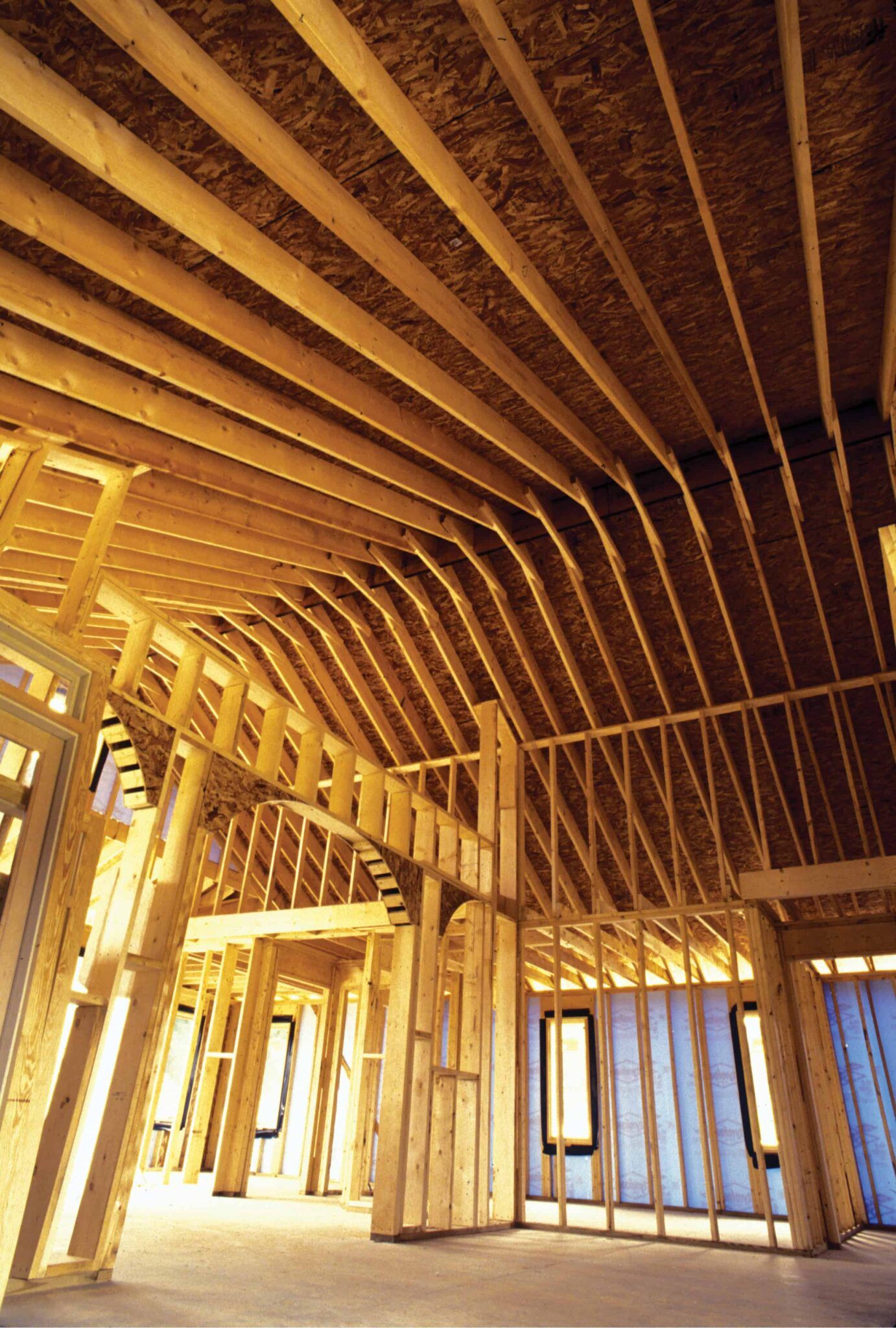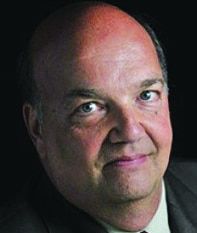Forecast: Slightly slower — but still robust — growth anticipated for Colorado

Colorado residents seeking to predict what the economy might look like in 2016 might want to look in the rearview mirror: The road ahead will look a lot like what’s already been traveled, although the trip might slow down slightly.
The state likely will pick up quite a few hitchhikers in the form of new residents, and a speed bump or two in terms of key sectors probably will slow the rate at which the economy moves forward.
“Overall, I think that there doesn’t seem to be anything suggesting that next year is going to be very much different from this year,” said Martin Shields, professor of economics and director of the Regional Economics Institute at Colorado State University in Fort Collins. “I think it’s going to be more of the same.”
SPONSORED CONTENT
People Powered: Preparing Longmont Businesses for Economic Success
Longmont Chamber and FNBO present People Powered on April 24, 2024, aiming to inform business owners about workforce development, housing, and transportation issues.
The Boulder Valley and Northern Colorado represent everything that drives the state’s economy overall: strong population growth, new business formation, fast-growing sectors such as technology and sectors facing a slowdown, including energy and agriculture.
Rich Wobbekind, executive director of the Business Research Division at the University of Colorado Boulder’s Leeds School of Business, keeps busy this time of year, relating his organization’s economic forecast to audiences across the state. Leeds produces the Colorado Business Economic Outlook, an in-depth forecast for the state’s economy, now in its 51st year.
The prediction for 2016? “Slightly slower growth than 2015, but still very robust growth in any historical context,” Wobbekind said.
Economic forecast events slated for Boulder, Loveland
Full employment nears
Leeds predicts job growth in Colorado of 65,100, up 2.5 percent. That’s just slightly slower than what was experienced in 2015, when the state is estimated to have added 70,200 jobs, a growth rate of 2.8 percent over 2014. (Incidentally, Leeds predicted 2015 job growth of 61,300, or 2.5 percent, a year ago, meaning that the state outperformed expectations last year.)


Statewide unemployment likely will continue to fall. “The unemployment rate will drop for a sixth consecutive year, but the pace of the decline will slow in 2016, to an average of 3.8 percent as Colorado reaches full employment,” the Leeds report states.
Unemployment in the Boulder Valley and Northern Colorado has been lower than the state overall. In November, Boulder County’s unemployment rate stood at 2.8 percent; Broomfield, 3 percent; Larimer, 2.9 percent; and Weld, 3.4 percent.
Those low rates — the aforementioned full employment — have led to labor shortages in a variety of industries.
“The unemployment rate in Northern Colorado and Boulder can’t get any lower, really,” Shields said. “I think that as unemployment rate continues to (remain low), we’ll see some upward pressure on wages.
“That will be good for working families in Colorado,” Shields added, noting that wages have been “stagnant for so long.”
Shields said that the recent interest-rate hike by the Federal Reserve likely won’t “have a significant effect on slowing down the national economy, or at least the Northern Colorado economy.
“There certainly won’t be an interest-rate shock,” he said, adding that the fact that there will be no federal-government shutdown in 2016 also will add to stability.
Diverse economy helps
Leeds’ report predicts strong new-business formation in Colorado, “despite contraction in the oil and gas industry, sluggish global conditions and higher housing costs.”
That’s because Colorado enjoys “a diverse mix of industries that are producing goods and services that are in high demand in today’s economy,” the Leeds report states. “This provides business creation opportunities not only from new product ideas but also by providing products and services to other expanding businesses.”
Credit goes largely to a growing population, which helps grow and perpetuate a skilled and entrepreneurial workforce, according to Leeds. Constraining economic growth will be a shortage of skilled workers.
Sectors contributing to job growth include professional and business services, which Leeds projects to add 15,500 jobs. Education and health services also are expected to add more than 10,000 jobs, along with the trade, transportation and utilities sectors.
Population to hit 5.5M
Construction, meanwhile, won’t be far behind, with an expected 9,700 new jobs coming on board as homebuilders try to keep up with the state’s increasing population.
Colorado is expected to add 95,000 new residents in 2016, bringing the total population to 5.5 million. Northern Colorado represents one of the fastest-growing parts of the state, with total population of Boulder, Broomfield, Larimer and Weld counties approaching a million.
That population growth has produced jobs, a demand for housing and new construction.
Construction employment increased in Greeley, Fort Collins and Boulder between November 2014 and November 2015, according to data released in December by the Associated General Contractors of America.
Colorado added 11,900 construction jobs during the period, bringing the number of construction jobs in the state to 159,000, an 8 percent increase.
Greeley added 1,600 jobs to 20,800, an 8 percent increase for the period. Fort Collins added 500 jobs to 10,300, a 5 percent increase; and Boulder added 200 jobs to 5,200, a 4 percent increase.
Such growth has been the norm for the economy in recent years. The Greeley Metropolitan Statistical Area — encompassing Weld County — grew by 9.9 percent in 2014, ranking as the fourth-fastest-growing economy in the nation, according to data compiled by the U.S. Bureau of Economic Analysis. The Greeley MSA ranked second nationwide in 2013.
The Fort Collins MSA — comprised of Larimer County — grew by 5.9 percent, ranked 18th nationwide, in 2014. The Boulder MSA — comprised of Boulder County — grew by 4.6 percent, 30th overall. The Denver-Aurora-Lakewood MSA, which includes Broomfield County, grew by 5 percent in 2014, ot 27th overall.
Oil slump hits Weld
But, if other statistical measures are a guide, Weld County’s economic growth likely slowed in 2015, due largely to declining energy prices.
Weld County accounts for 86 percent of the state’s oil production and 25 percent of its natural gas, according to Leeds. Although the region’s diverse economy has helped it to absorb the impact of falling energy prices, the effect is being felt.
“I think we’re seeing some slowdown in Weld in the last half of 2015,” Shields said, pointing to recent Bureau of Labor Statistics data that showed Weld County ranking 243rd among 342 U.S. counties for job growth in the second quarter of 2015. That’s a huge drop from 2013 and 2014, when Weld led the nation in job growth.
Weld County’s job growth increased at an annual rate of 1.1 percent in the second quarter, down from 5.2 percent in the first quarter of 2015.
Despite that decline, the economy largely has absorbed the shock, with energy-sector workers helping fill gaps in other sectors, including construction.
“Weld is doing well enough on some other things that have helped insulate the shock a little bit,” Shields said.
Joshua Lindenstein and Doug Storum contributed to this report. Christopher Wood can be reached at 303-630-1942, 970-232-3133 or cwood@bizwestmedia.com.
Colorado residents seeking to predict what the economy might look like in 2016 might want to look in the rearview mirror: The road ahead will look a lot like what’s already been traveled, although the trip might slow down slightly.
The state likely will pick up quite a few hitchhikers in the form of new residents, and a speed bump or two in terms of key sectors probably will slow the rate at which the economy moves forward.
“Overall, I think that there doesn’t seem to be anything suggesting that next year is going to be…
THIS ARTICLE IS FOR SUBSCRIBERS ONLY
Continue reading for less than $3 per week!
Get a month of award-winning local business news, trends and insights
Access award-winning content today!


